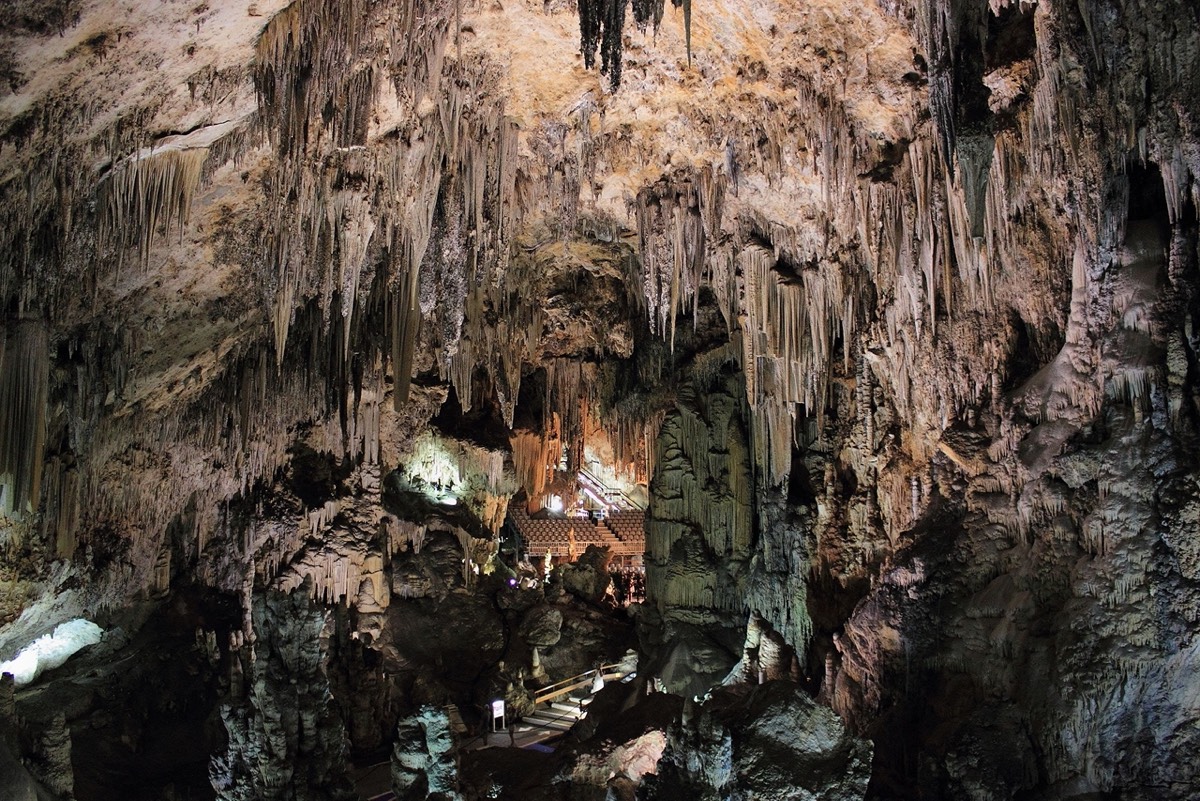"Smoke archaeology" reveals early humans were visiting Nerja Caves 41,000 years ago
Interdisciplinary study analyzed fossilized soot and charcoal from lighting sources.
JENNIFER OUELLETTE - 5/10/2023, 11:41 AM
For over a decade, Maria Medina, an archaeologist affiliated with the University of Cordoba, has been conducting research on what she terms "smoke archaeology": trying to reconstruct Europe's prehistoric past by analyzing the remnants of torches, fire, and smoke in French and Spanish caves. Her latest discovery is that humans regularly visited the Caves of Nerja as far back as 41,000 years ago, a good 10,000 years earlier than previously believed, according to a recent paper published in the journal Scientific Reports.
As we've reported previously, there are nearly 350 prehistoric caves in France and Spain alone. They include the oldest cave painting yet known: a red hand stencil in Maltravieso Cave in Caceres, Spain, likely drawn by a Neanderthal some 64,000 years ago. The Caves of Nerja are located in Malaga, Spain, and boast paintings believed to date back 42,000 years.
The caves were discovered in 1959 by five friends who gained access via a narrow sinkhole dubbed "La Mina"—one of two natural entrances, with a third created the following year to enable better access for tourists.
There are two main parts to this subterranean structure. Nerja I includes Show Galleries that tourists can enter, while visitors are barred from Nerja II, which includes an Upper Gallery and a New Gallery, first discovered in 1969. Concerts and festivals are held in the Hall of the Waterfall or Ballet, with a seating capacity for up to 100 people. Down one hall is the Organ Corner, so named because it has fluted columns that produce different musical notes when struck, and there's some evidence that this may have been an intentional modification.

Interior view of Nerja Caves.
More:
https://arstechnica.com/science/2023/05/smoke-archaeology-reveals-early-humans-were-visiting-nerja-caves-41000-years-ago/
